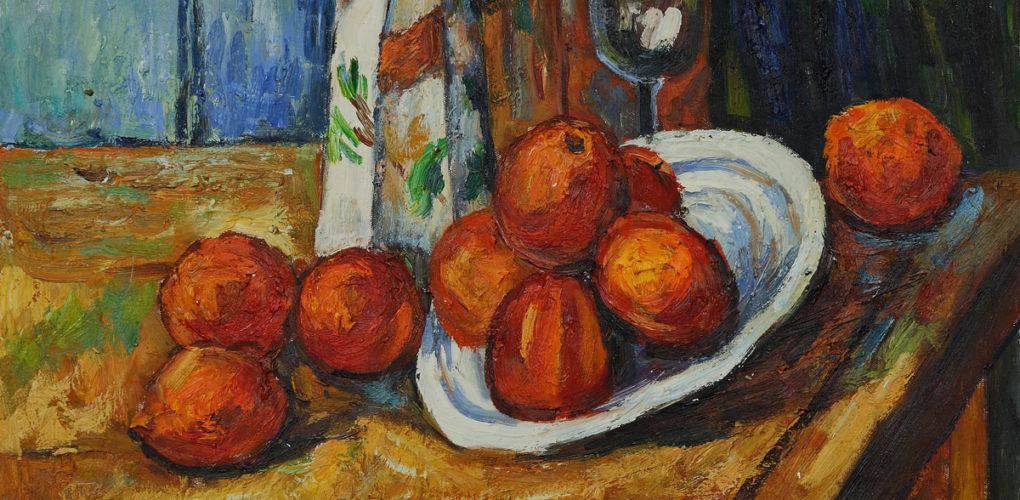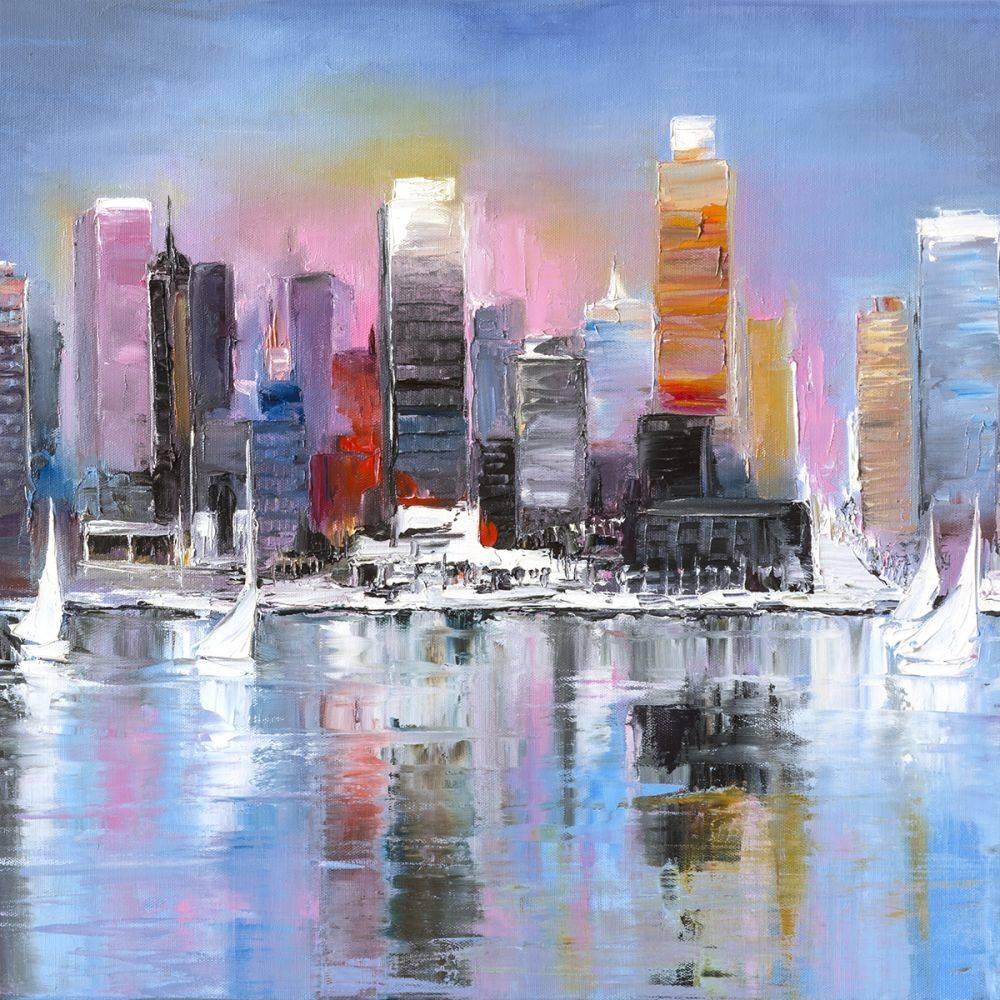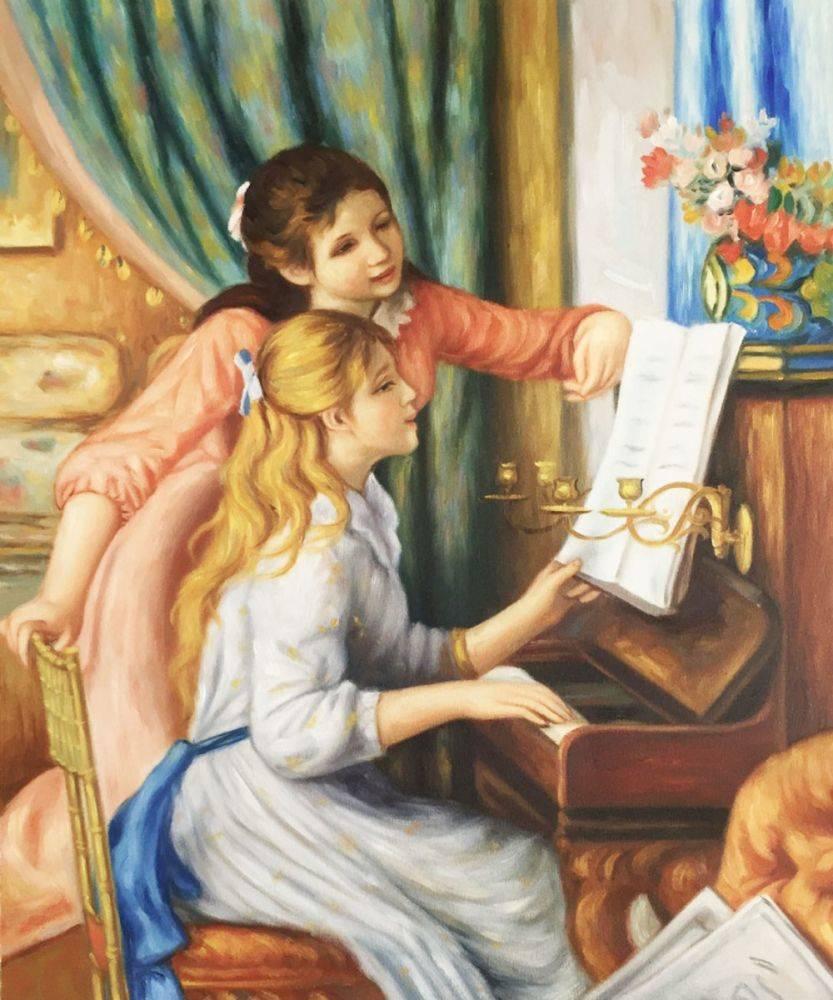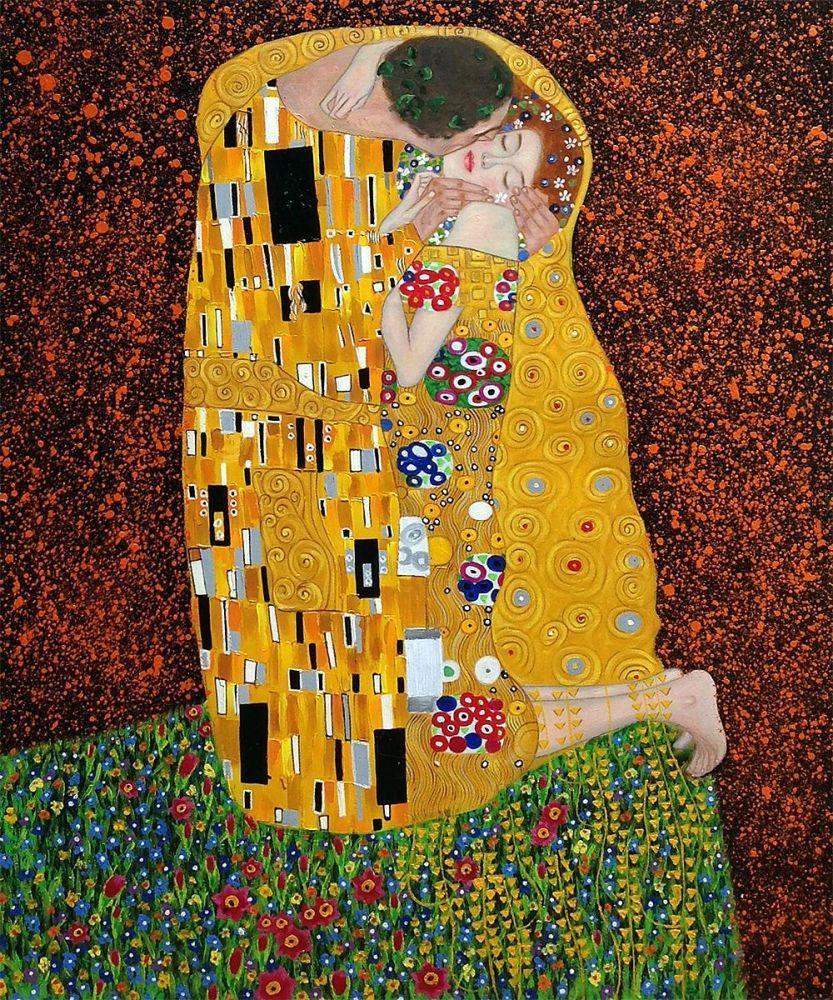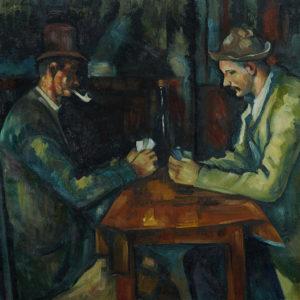Art
How Paul Cezanne Learned to Paint Nature
 What’s the sound of one hand clapping? When there is no one around you, how do you know if you have talent? Paul Cezanne never thought he was a true artist. He often destroyed his paintings after finishing them, because he didn’t like the result. Cezanne wanted to take part in the French Salon exhibitions, but never got accepted. Paul was so dissatisfied with the results of his work, that he even showed some sympathy with the jury of the Salon:
What’s the sound of one hand clapping? When there is no one around you, how do you know if you have talent? Paul Cezanne never thought he was a true artist. He often destroyed his paintings after finishing them, because he didn’t like the result. Cezanne wanted to take part in the French Salon exhibitions, but never got accepted. Paul was so dissatisfied with the results of his work, that he even showed some sympathy with the jury of the Salon:
I understand very well that it could not be accepted, because of my point of departure, which was too far away from the objective to be achieved, namely the reproduction of nature.”
However, as mistrustful as he was in his own talent, he did have the courage to stand with his point of view concerning how to paint nature. This reproduction of nature took place in two stages in Cezanne’s work. Before he had actually begun painting, he would sit down and just admire the view. He would spend a lot of time just looking at the subject, in order to understand its essence. Then he would realize the structure of the painting based on the forms and colors, which he saw. He always said that a painter should not only reproduce reality but what he sees. However, the forms must retain a similarity with nature. “The re-forming process which a painter carries out as a result of his own personal way of seeing things gives a new interest to the depiction of nature. As a painter, he is revealing something which no-one has ever seen before and translating it into absolute concepts of painting. That is, into something other than reality.” Since Cezanne, “the absolute concepts of painting” are colors and forms. These are bent together in a spatial relationship. In this way, he sought to create a new harmony, which he called “harmony in parallel with nature”.
<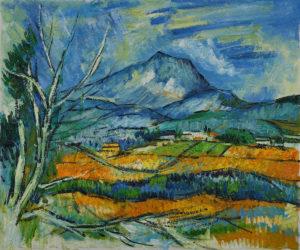 Even if he had a clear idea of how to paint, Cezanne still didn’t like the result. He would work on the same painting for long periods of time, sometimes even months. “Nature causes me the greatest of difficulties”, wrote Paul to his friend Emile Zola in 1897. His goal was to give the image permanence. This meant that the subject had to be placed in a balance, which was the result of numerous calculations, reflections, and logic. However, the result was sometimes disastrous for Cezanne. It was like he had a picture in his mind but could never put it down on canvas.
Even if he had a clear idea of how to paint, Cezanne still didn’t like the result. He would work on the same painting for long periods of time, sometimes even months. “Nature causes me the greatest of difficulties”, wrote Paul to his friend Emile Zola in 1897. His goal was to give the image permanence. This meant that the subject had to be placed in a balance, which was the result of numerous calculations, reflections, and logic. However, the result was sometimes disastrous for Cezanne. It was like he had a picture in his mind but could never put it down on canvas.
As if he didn’t have enough mistrust in his talent, the press started to attack his paintings. An art critic wrote: “There is no outrageous epithet that has not been attached to his name. For my part, I do not know of any painting less laughable than his.” With these words, there is no wonder that Cezanne destroyed his paintings very often and didn’t trust his vision as an artist. However, he had the luck of having good friends who believed in his talents, such as Emile Zola and Camille Pissarro. The last one, older than him by nine years, had become his teacher. Most of the techniques he used later in his life when painting nature, he “borrowed” from Pissarro. “Pissarro was like a father to me… almost like the good God”, said Cezanne. As I heard once, “when the student is ready, the teacher will appear”. This was the break for Cezanne to begin to paint like a maestro.
The first thing Pissarro did was to encourage him to banish dark colors from his palette. He advised Cezanne to paint only with the primary colors. Then he showed him how to build up a picture of light-dark contrasts and encouraged him to observe nature, transferring onto canvas only what he saw. He shouldn’t interpret or add anything from his own imagination. Another piece of advice Cezanne got from Pissarro was to build objects up by gradation of tonal value, rather than using lines to outline the forms. “Do not work bit by bit,” he said to Cezanne. This meant applying color everywhere and observing the tonal values closely in relation to the surroundings. From this point on, Paul began to paint with small brush strokes, rather than big ones. He worked at the same time on the sky, the trees, the houses, rather than painting bit by bit. “Do not be afraid of applying strong color; gradually refine your work. Do not follow rules and principles, but paint what you see and feel,” advised Pissarro.
The two friends often chose the same subjects, painting side by side. This was a friendship that lasted a lifetime. Such friendship that one needs in critical moments in their lives, when they are shattered in mind. A friendship that gave Cezanne the courage he needed to stand up for what he believed a painting should look like, without the constraints of the Salon.
